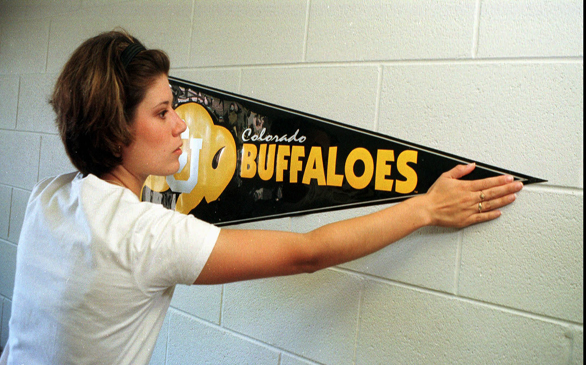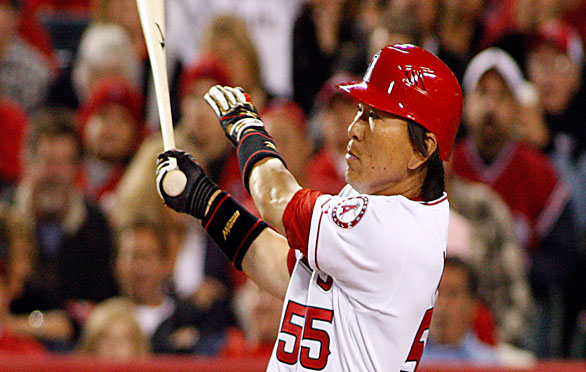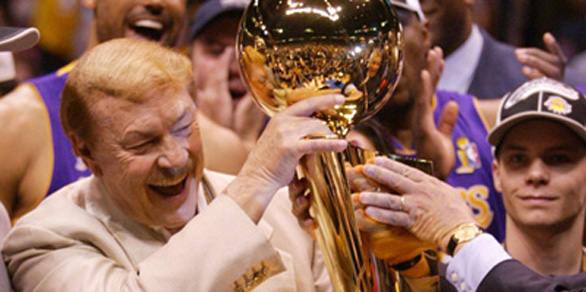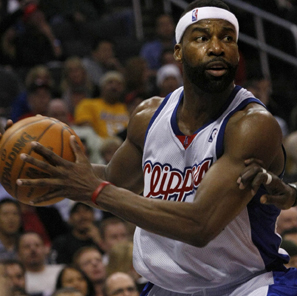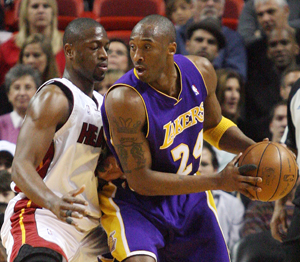So just when, exactly, did Donald Sterling convince Frank McCourt to follow his (Sterling’s) business model on how to run a sports franchise?
While responsible spending and fiscally prudent business practices are a keystone of any successful venture, there are certain aspects of any consumer-based operation that require monetary attention for the company to meet its proverbial bottom line. In the sports business, that proverbial bottom line is filling butts into seats.
Last I heard the best way to ensure a not-so-empty stadium is to put a winner on the field. And hey, winners cost money. Just ask the New York Yankees or Los Angeles Lakers.
Obviously, it is not wise to just throw money away at players, but drastically cutting payroll while spiking ticket prices is not an ideal way to run a sports franchise. Yet, that is exactly what the powers that be at Chavez Ravine tell the press this week, as Dodger team officials announce they plan to make significant cuts to the team’s payroll in the next three years, all while raising ticket prices and expecting revenues to steadily increase.
Specifically, ESPN.com reports team officials plan to cut payroll to $107 million this year, down from $132 million in 2009. Further, the news report states the Dodgers’ plan to cut player salary commitments to 25 percent by 2013, down from 42 percent in 2007.
And that’s not all. The team also announced the Dodgers expect to nearly double ticket prices by 2018, anticipating the average ticket to cost $53.50 before the end of this decade – up from the current average of $29.40.
Talk about an extreme case of buy low/sell high. Somehow, this plan of buying players on the cheap but selling tickets to fans really high is expected to increase club revenue to $529 million in 2018, up from $295 million in 2008, ESPN.com reports.
Hey, I am all for cutting costs and increasing revenue. But there is nothing wrong with a team (responsibly) spending a few extra dollars on its players in order to put a winning squad on the field, hence pleasing the fans, ergo translating into (likely) financial gain.
For example, a Forbes Magazine report states the small-town Saints spent $149 million on player personnel, while revenues topped $232 million during its just-concluded championship season. If the Saints can afford to spend $149 million on its roster and post $232 million in revenue in a championship season despite playing in a market smaller than the San Fernando Valley, why are the Dodgers pursuing their just-stated fiscal policy when Chavez Ravine consistently draws about three million fans each season?
Well, there are a few fair responses: the McCourt divorce, reported pressure on teams by league commissioner Bud Selig to cut payroll expenses and the current state of the global economy promoting the widespread practice of slashing expenses. Even more, the financial documents that served as a basis for the ESPN.com report and this column were apparently produced to make the team attractive to Chinese investors, meaning this whole thing may be a case of one-step-back-but-two-steps-forward.
If only Dodger team officials left it at that. What hurts is when the team announces it plans to double ticket prices, thinking it will have zero impact on fans attending games.
“The Dodgers’ ticket prices are relatively inexpensive and there is substantial room for prices to increase without resulting in a decline in attendance,” ESPN.com reports from a team document.
What makes the sports business so different from other industries is how it intricately balances spending money on players to attract fans. People come to watch games to see big personalities and championship runs, both of which inherently cost boatloads of money. Many ownership groups, such as Disney and Sterling, have tried hard to penny-pinch on player compensation, struggling accordingly to place a steadily winning product on the field.
While no one will complain about sports executives making a genuine effort to responsibly manage dollars and cents, teams ultimately suffer when management tries too hard to maintain “the bottom line.”
And that is the point.
There will be fans willing to pay $53.50 per ticket to watch a Dodger game – so long as management places a winning team on the field. With announced plans to significantly slash payroll, management will probably not fulfill its end of the bargain.
Sports: The Sports Wanderer
No Dodging Cheapskates
By Parimal M. Rohit

Frank and Jamie McCourt
(Credit: Juan Ocampo/Dodgers)
Article posted on 2/22/2010
This article has been viewed 2638 times.


